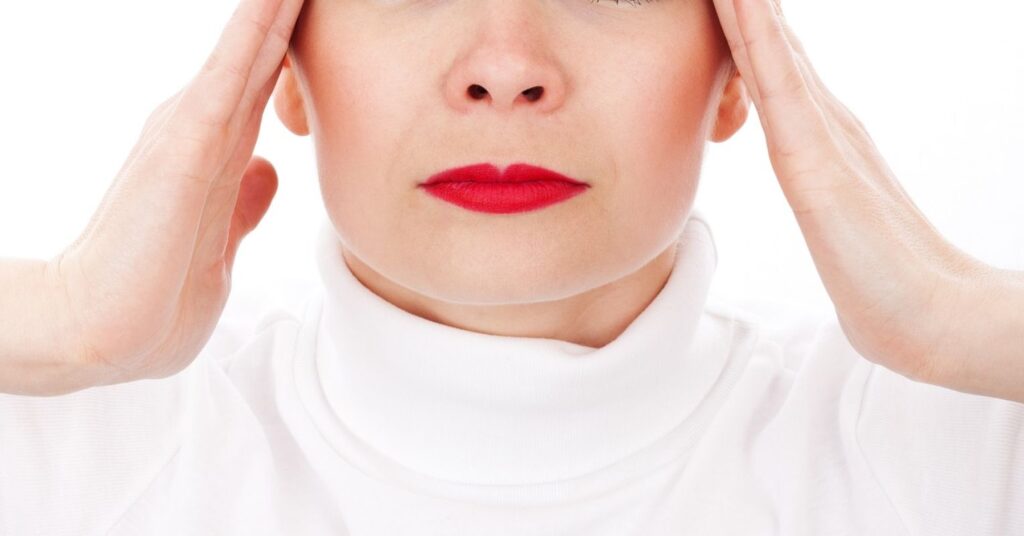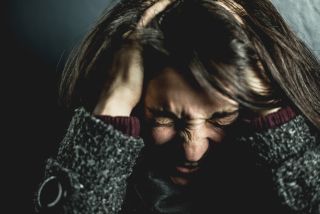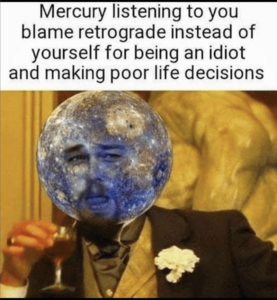

Source: david-garrison/ Pexels
I had suffered from migraines for 46 years and thought I knew every warning sign, trigger, and manifestation of my worst pain.
When I woke up three days ago and felt the warning signs, I took my medications and used Cefaly, which often lessens the attack or even aborts it before it becomes full-blown. This time, however, despite my best efforts to take my medications at early onset, the symptoms became more and more escalated and varied as the day went on.
Not only was the pain moving up the right side of my neck and over my eye as it always does when I get a full-blown attack, but I was getting electrical sensations in my head, and extreme pain along the base of my skull. By evening, I developed throbbing above my left eye, as well.
The nausea hit a bit later. I went to bed early, taking extra sleep medication to try to get away from the suffering—even for a little while.
I fell asleep nearly three hours later, and in the meantime lying on the pillow with ice all around my neck and head, my dog curled up next to me, leaning into me for comfort and healing.
I was scared; this attack and its pain humbled me again, as migraine often does. When I woke at 5 a.m., I knew the attack was still with me.
However, by 8 a.m., when opening my eyes again, I knew instantly that I was migraine-free. For that first hour, I experienced tremendous euphoria and gratitude having thought earlier that I was going to fall into what can be a horrific, indefinite cycle.
In only an hour, though, I moved from gratitude and joy to anxiety and fear.
I had read that migraine often lessens in intensity and frequency as we age (Bullock):
Some experts have suggested a form of ‘lesser migraine’ for those over the age of 50 years. They point to countless studies that show fewer headache days, reduced symptoms of dizziness, sensitivity to light and others, as well as an overall greater ability to function and respond to treatment.
As people age, their symptoms often do change, however. We know that some sufferers experience tremendous relief after menopause, for instance. Admittedly, there has not been significant research on older migraine patients, but the following seem to be prevalent (Bullock):
- Bilateral head pain
- Paleness
- Dry mouth
- Anorexia
- Pins and needles sensation in the hands or face
- Runny nose or teary eyes
- Speech disturbances
As I continue my journey with migraine, I believe I know more, and I know less, but am always seeking to better understand my own changing triggers and symptoms.
Consider how your migraine has changed over time and how you have or have not yet sought to accommodate these changes.
Pain Has an Element of Blank
by Emily Dickinson
Pain has an element of blank;
It cannot recollect
When it began, or if there were
A day when it was not.
It has no future but itself
Its infinite realms contain
Its past, enlightened to perceive
New periods of pain.





